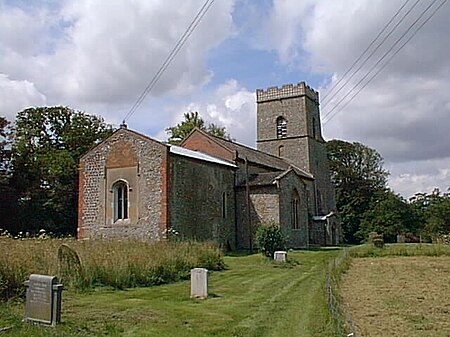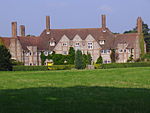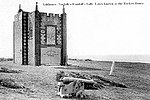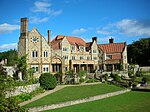Kelling

Kelling (also known as Low Kelling and as Lower Kelling) is a village and a civil parish in the English county of Norfolk. The village is 10.1 miles (16.3 km) west of Cromer, 26 miles (42 km) north of Norwich, and 130 miles (210 km) northeast of London. The village straddles the A149 Coast road between Kings Lynn and Great Yarmouth. The villages name means 'Cylla's/Ceolla's people'.The nearest railway station is at Sheringham for the Bittern Line which runs between Sheringham, Cromer, and Norwich. The nearest airport is Norwich International Airport. The village lies within the Norfolk Coast AONB (Area of Outstanding Natural Beauty) and the North Norfolk Heritage Coast. Changes in government policy have discontinued management of coastal erosion in North Norfolk.
Excerpt from the Wikipedia article Kelling (License: CC BY-SA 3.0, Authors, Images).Kelling
The Street, North Norfolk
Geographical coordinates (GPS) Address Nearby Places Show on map
Geographical coordinates (GPS)
| Latitude | Longitude |
|---|---|
| N 52.94 ° | E 1.11 ° |
Address
The Street
The Street
NR25 7EL North Norfolk
England, United Kingdom
Open on Google Maps










